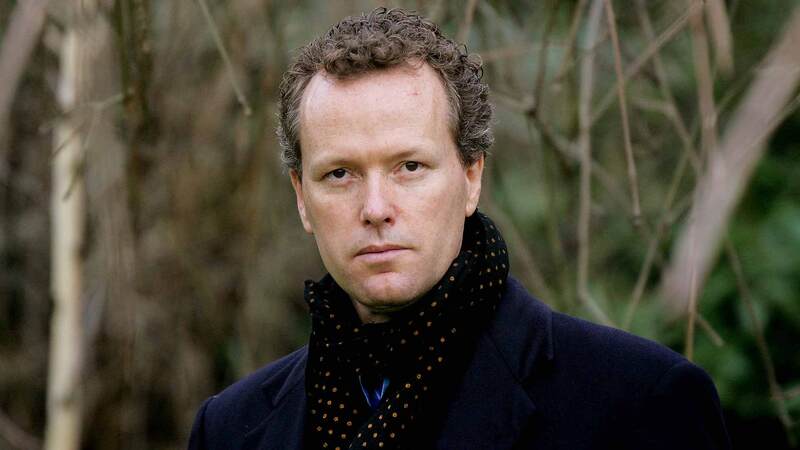You are viewing your 1 free article this month. Login to read more articles.
Women's earnings 1.6% higher at PRH UK, gender pay gap report reveals
Women at Penguin Random House UK on average earn 1.6% more than men working at the company, the publisher has disclosed in its gender pay gap report.
PRH's gender pay gap data, published in accordance with new government legislation, shows that PRH has a median gender pay gap of -1.6% and a mean gender pay gap of 11.3%.
Breaking it down, the Random House Group was shown to have a bigger gender pay gap than that of Penguin Books and DK [whose numbers are included here for technical reporting reasons, although DK operates as a separate company], but both sets of figures are below the national median average of 18.4%.
Bucking the trend, in which despite the large proportion of women who work in the industry it is the men whose earnings are generally higher, Penguin Books Ltd and DK has a negative median pay gap of -9.5%, although its mean gender pay gap stands at 6.1%. Random House Group however is closer to national averages with a median gender pay gap of 13.9% and a mean gender pay gap of 16.4%.
It is understood that Random House Group contains the majority of PRH's sales and technology roles. In tech, where there are higher rates of pay, these roles are typically staffed by more men. Contractors also had an impact on the company's overall reported mean. Over 80% of the contractors working with PRH in the reporting period were male, it reported, and the removal of such contractors would have reduced PRH UK's overall mean gender pay gap from 11.3% to 8.1%.
Looking at bonus pay, the proportion of PRH staffers receiving a bonus payment in 2017 was roughly equal between genders (79.8% men versus 77.6% women). Average bonus earnings show women earning 24.4% more than men using the median measure but 33% less using the mean measure.
PRH said that as the level of bonus paid increases with seniority, the mean is a reflection of the fact that there is a higher proportion of men in more senior roles when compared to the overall gender split, compounded by the fact that, of the 12% of its employees that work flexibly, 87% of these are women.
Scrutinising its overall mean gender pay gap, HR director Val Garside (above) said that although PRH UK already has a number of initiatives in place, the company recognised "there is more to do" and its ultimate aim was to be "a truly gender-balanced organisation at all levels".
While female managing directors run six of PRH's nine publishing houses, and women also head up its Technology, Distribution, Legal, HR and Communications departments, PRH conceded the quartile analysis showed there was an increased proportion of men in more senior and higher paid roles in comparison to its overall gender split of 58% women at PRH UK. The proportion of PRH UK’s top quartile that is staffed by women is 50.3%, its upper middle quartile 66.3%, its lower middle quartile 67.5%, and its lower quartile 46.8%.
PRH UK said in its report it wanted "to better support women working across our organisation, level the playing field and work towards a gender neutral working environment". It wants to do this by: working towards a more balanced gender representation in the layer below senior leadership; providing "even better" support for returning mothers; and by exploring more flexible working options for both female and male colleagues. It is also going to introduce pay banding "to create a framework of transparent pay ranges that avoids any gender bias".
Already, over the past few years, it has introduced some family friendly policies (such as paid childcare vouchers for eligible employees, enhanced maternity and adoption pay, enhanced paternity leave, and summer hours), among other initiatives.
Garside commented: "We already have a number of different initiatives in place to support our colleagues in building a successful and rewarding career that also allows them to spend time with their families and pursue their personal interests, goals and dreams outside the office. This includes programmes and benefits specifically designed to support women working at Penguin Random House UK, given the strong female representation across all levels of our business. Half our senior leadership team are women, with female Managing Directors running six of our nine publishing houses, and we also have women heading up our Technology, Distribution, Legal, HR and Communications departments.
"However, we recognise there is more to do. Our ultimate aim is for Penguin Random House UK to be a truly gender-balanced organisation at all levels: for gender to be neither a barrier nor an advantage for any colleagues, whatever their role or seniority, as they strive for progression and achievements in their career. We think there are some key areas we can focus on to make this ambition a reality".
Penguin Random House UK is the only publisher thus far to report a median gender pay gap in favour of women employees. In other reports made this week, Hachette revealed that its Hachette UK Ltd legal entity has a median pay gap of almost 25%. Its c.e.o. called it a "bleak" state of affairs and vowed the company would do better, setting itself an ambitious target for its top pay quartile to be made up of 66% women by 2020.
HarperCollins did better, recording a 10.4% median gender pay gap.
Among scholarly and education publishers, Springer Nature recorded a 15.12% median pay gap, while earlier Pearson reported one of 15%.
The deadline for companies with over 250 employees to report their data is Thursday 4th April.

















